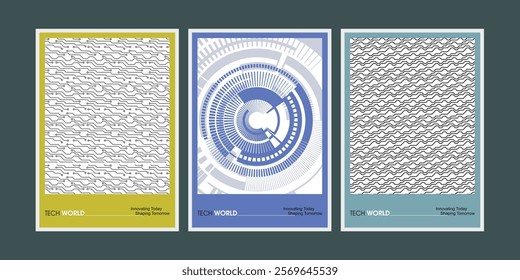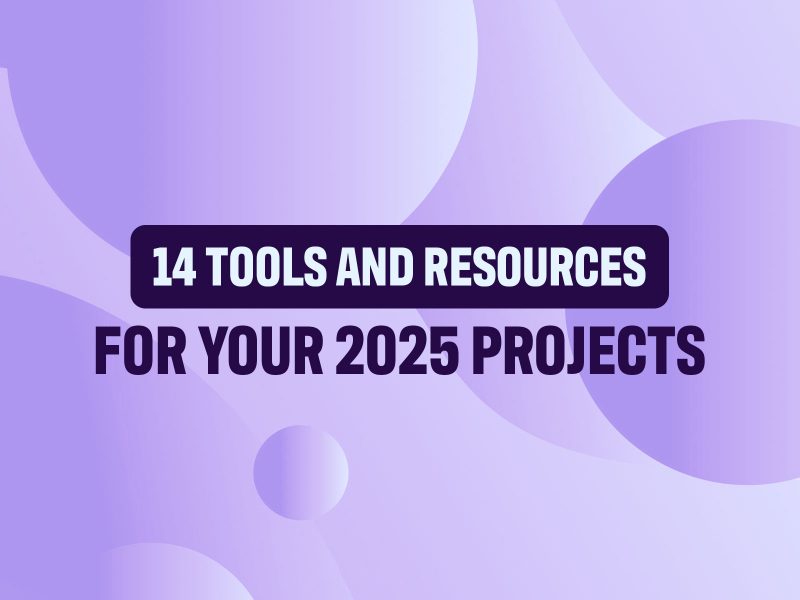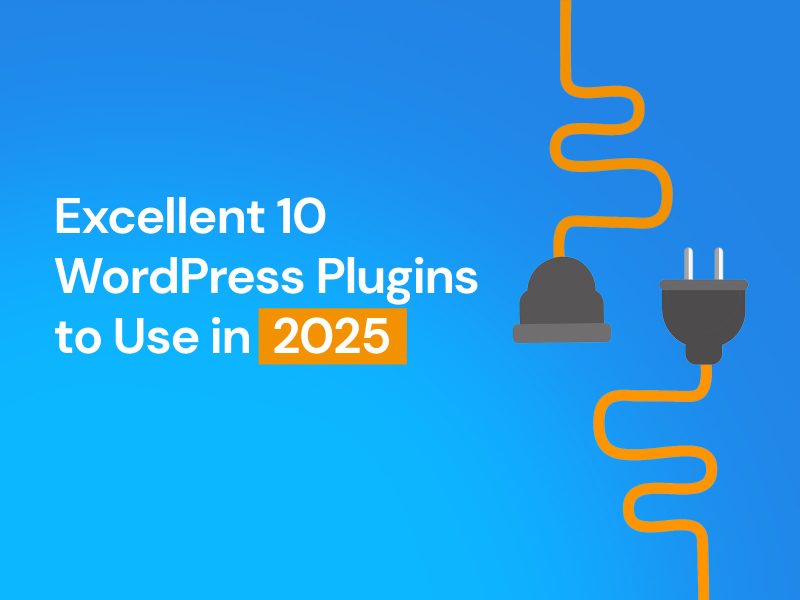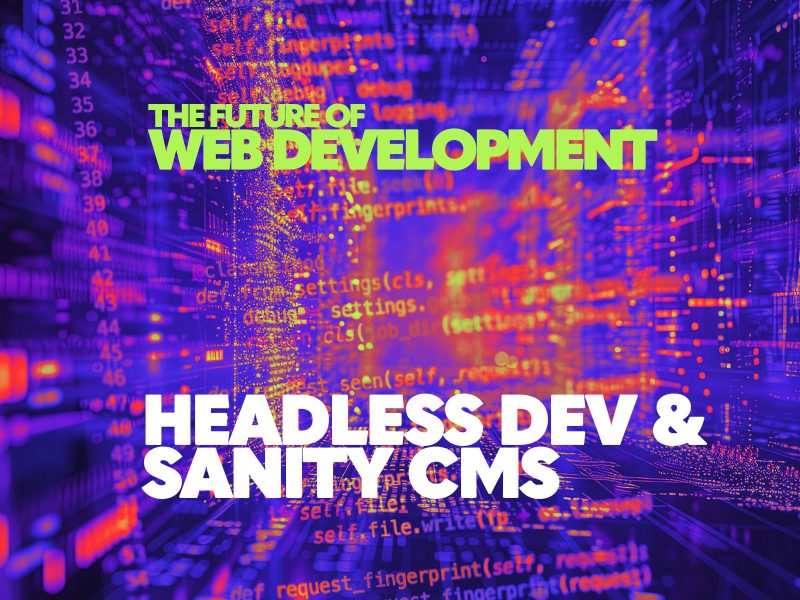When choosing a developer, you don’t want to take a trial-and-error approach and risk being delivered sub-standard work more than once before you learn how to find one you can count on to do the work right.
Fortunately, if you know what to listen for up front, you can avoid repeated disappointments. It isn’t as hard as you think.

Working with a development team should not send chills down your spine.
Pay attention to what the development team is saying, and you’ll generally get some clear signals if the work being done is not, or will not be, up to your expectations.
In this article, we’re going to present you with four lines that you never want to hear from a developer. We’ll also introduce you to a team of developers who care, and meet deadlines, and how they will treat you and your project.
Four Disquieting Lines You Don’t Want to Hear from Your Developer
Number 1: “I made a few changes to your design.”
Developers should feel free to suggest design changes, but they should never make them without your approval, no matter how minor they may seem. Otherwsise, they are either showing a lack of respect for your design; or they simply don’t care.
Many design details have been carefully agreed to with your client, or are in line with your client’s requirements. Other details are simply important to your website’s coherence.
“A few changes” is an alarm signal not to be ignored.

A designer might make a few changes to this layout to get it “just right”. Visually aligning elements in a layout is the designer’s job.
When you work with a developer who cares, you’ll never hear “I made a few changes.”
You care about your design work, and you want to work with those who also care about it.
Caring about your work is the only way you will become better. This is true for developers as well.
It’s important that the coder understands and values your work, and that you understand and value the coder’s work.
Number 2: “The code won’t be ready on time.”
Unplanned events happen, but in the development business, missed deadlines are simply not acceptable. A caring development team will take extreme and urgent measures if needed to avoid missing a deadline. Still, deadlines can be missed; but that’s different from working with a coder who simply doesn’t deliver on time.
If the development team you’ve chosen is poorly organized, it puts your project at risk, as well as your relationship with your client. It’s important to request periodic status updates, and even insist that work is being done against a timeline.
If you request a change, it may require renegotiation of a deadline. If you have ongoing, open discussions with the development team, the need to renegotiate a deadline can often be avoided.

Some coders are like rock stars. They can’t keep track of their responsibilities, but they can put on a hell of a show.
For large projects, you have every right to expect that coding will be done under the watchful eye of a project manager. Project managers have two important responsibilities, (1) keeping the coding process on track, and (2) acting as the point of contact with the design team. A project manager who performs both tasks well, is worth his weight in gold.

The project manager: The design team’s best friend.
Here’s how a San Francisco agency has worked over the past ten years: “Each project, even the simplest ones, require a high level of attention from the coder. All the stages must be thoroughly analyzed and implemented; it’s the only way to provide clean, quality code. At Xfive, each project has its own project manager that coordinates the time resource. We like to leave coders to code and pm’s to organize timelines. We noticed it’s a simple and highly efficient way of delivering great results.” Milosz Bazela, Xfive.
Number 3: “I don’t know why this button isn’t working. Maybe it’s a bug.”
Bugs happen. If a coding team is in a hurry, if the team is inexperienced, or if one of the coders is inexperienced, more of them will happen. What makes matters much worse however, is when there is not a well-defined process in place to identify, track, and resolve bugs.

There are no good bugs in the software world.
What you want your developer to be able to demonstrate here, is that strong lines of communication are present between coders and testers, so that all relevant information will be found in every bug report.

These lines of communication need not be complicated.
How a Good Development Team Detects, Tracks, and Eliminates Bugs
Modern bug tracking tools do much of the work in ensuring relevant information is included in every bug report; but the need for clear communications between coder and tester is important too; to avoid misunderstandings.
- There should be no question as to which testers and which coders are responsible, and in charge.
- The client (the designer), while not needing to know all the reporting, tracking, and resolving details; should still be kept informed; usually by the project manager.
- Release fast, release often; by maintaining a tight feedback loop between testers and developers – the “bug management” team.
- Maintain a one-on-one reporting mode; only the tester and the developer are involved in bug tracking and reporting; the tester identifies the problem, and he developer resolves it.
- Keep personal opinions out of the picture; bug reports should only contain the information needed to make a fix.

- Bug-fixing solutions are usually easily spotted in code; there is no need for opinions.
- Have a bug resolution procedure in place that identifies (1) who is responsible for reporting bugs, (2) who is responsible for accepting the solutions, and (3) the criteria for closing out the bug report.
Number 4: “I know exactly what you want, no need for more information.”
This is particularly scary because you don’t know that is true.
A good developer will never say this, even if your specifications are squeaky clean and crystal clear. A good developer always has questions or suggestions, and a good developer never closes the door to further discussion.
A good coder refusing relevant information is like a kid refusing to enter a candy shop; it will never happen.
Toward the end of a project, a developer may not have need for more information, but even then, a good developer will keep the lines of communication open. What you want, and what you can expect from a developer who cares, is one who asks a lot of questions, even seemingly trivial ones. Dedicated professionals want to get things right. They may even double-check your answers to their questions. That’s the attitude you’re looking for.
A Case Study: How Xfive has for 10 years, Brilliantly Served its Clients and Customers
We will take a close look at Xfive. We will see how it pioneered the PSD to HTML development processes, and the services it offers today. And, we will see how it does it, what lies behind the brand, and more.
We’ll show you why selecting Xfive as your developer of choice makes good sense, and why you’ll never hear any of those scary lines when Xfive is your partner.

Developers who care: Those three words say it all.
Xfive is based in Australia. It’s main development center is in Krakow, Poland, and offices are also located in Melbourne, and San Francisco, California.
Most of the thousands of clients Xfive has provided its services to during the past 10 years, was when this coding agency was operating under its former brand – XHTML. The brand name was changed to Xfive roughly one year ago.
The new brand has a meaning. It typifies the company culture; high fives for a job well done, and high fives for reaching out to and partnering up with clients and customers; like you. Xfive’s clients have covered the spectrum from individual web designers, to startups, to large and small businesses, and to creative agencies. Major clients include the likes of Microsoft, Fox Enterprises, Twitter, and eBay.
Services
Xfive (then XHTML), was a pioneer in the PSD to HTML conversion industry. Services now include PSD, Sketch, and AI to HTML conversion; Front-end CMS, including WordPress; and developing custom themes and plugins.
Other services include, back-end custom PHP and Ruby on Rails applications, mobile, HTML email, JavaScript, and more.
Why You Would Want to Work with Xfive
Xfive has a team of 45 experienced full-time developers and freelancers who will go the extra mile to ensure your projects will be delivered on time, within budget, and to your complete satisfaction.
A 24-hour work flow approach ensures quick delivery. Xfive is simply faster than most other agencies. The team’s use of in-place coding standards and fully commented syntax, means you can expect clean code, a smooth handoff, and code that is easily maintainable should the need arise. Code quality is guaranteed. One of the best QA teams in the industry will see to that.
What Former Clients Say
“Xfive did a quality job and had great attention to detail. Hire them if you want your design followed to pixel level detail with clean code. Highly recommended.” - Patrick Leddy, Furious Tribe
“My experience has been remarkable in that the work was done fast, my myriad changes were attended to without complaint or any increase in cost, and contact was regular, concise and always friendly.” - Derek Rielly, BeachGrit
“For our largest individualized campaign ever for a major car manufacturer, we used Xfive. I am very satisfied with the results and the speed. I can highly recommend them.” - Joakim Törnqvist, Propan
“Xfive saved our website after we lost our original developer at the last minute and got our site up and running again in a timely manner.” - Alyssa Jahnke, MeBath
Clearly Defined Stages of Work
Once they receive your brief, Xfive proceeds through a 6-stage work flow process, culminating in fully QA-tested files that are delivered to the server of your choice.
- Your brief is reviewed and project producers and developers will ask questions. Once those questions have been answered, a rough estimate of the number of hours required will be given.
- If you approve the estimate, your specifications will be given a thorough review, the producers will qualify the functional requirements, and an itemized, fixed-cost quote will be prepared.
- The developers will then proceed with the work, following and agreed-upon timeline. When the work is complete, the files are delivered to you.
A developer who cares, a transparent development process, and an agency who wants nothing more than to treat you as a partner: These are three excellent reasons to choose Xfive.























